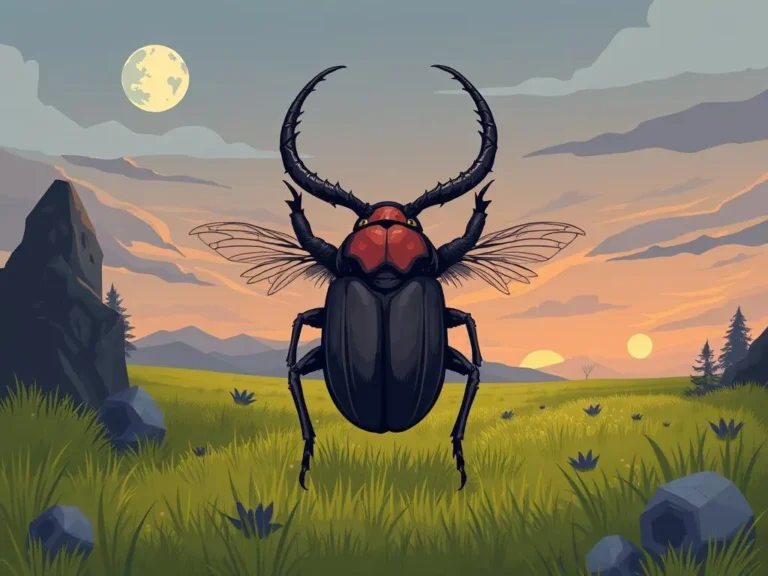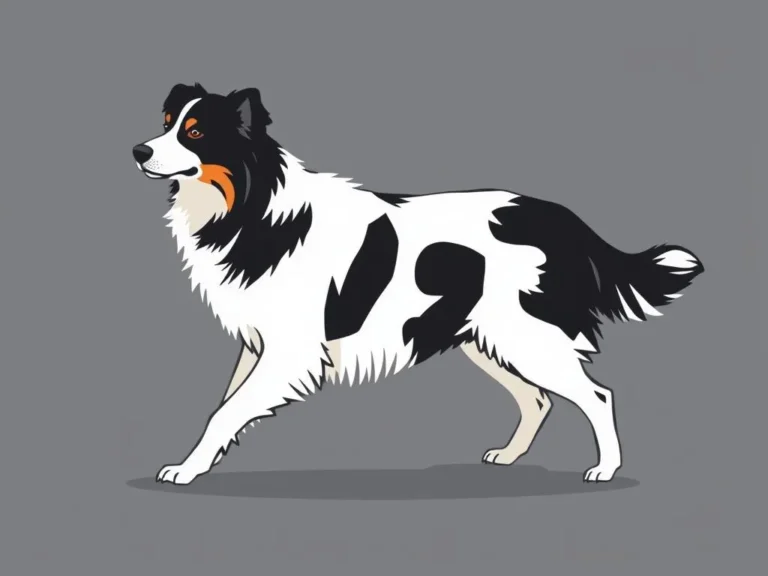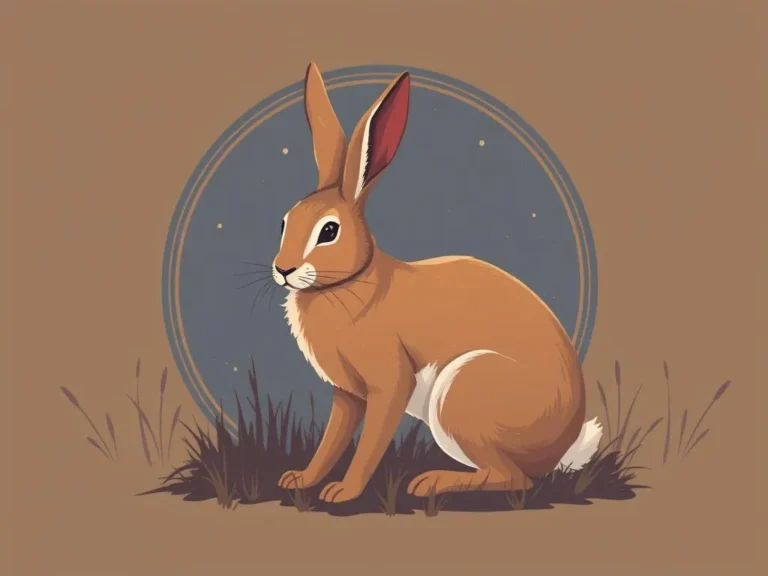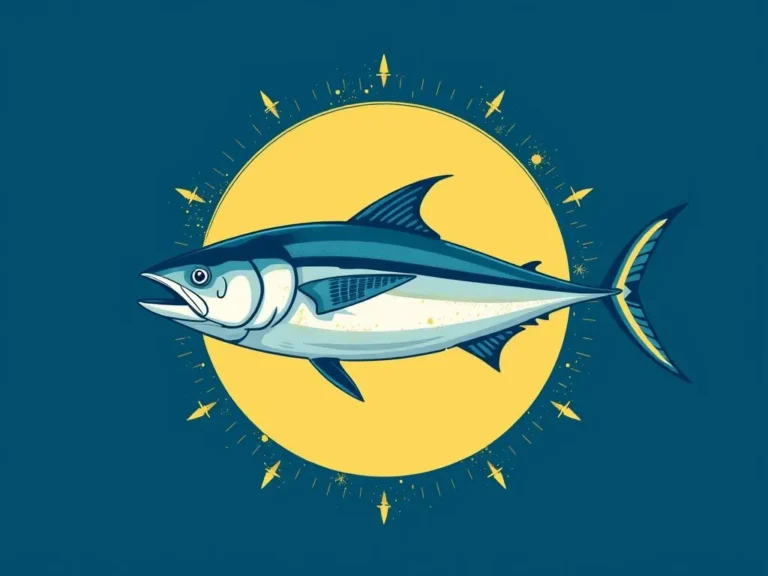Killdeer Symbolism: Unveiling the Meaning and Significance
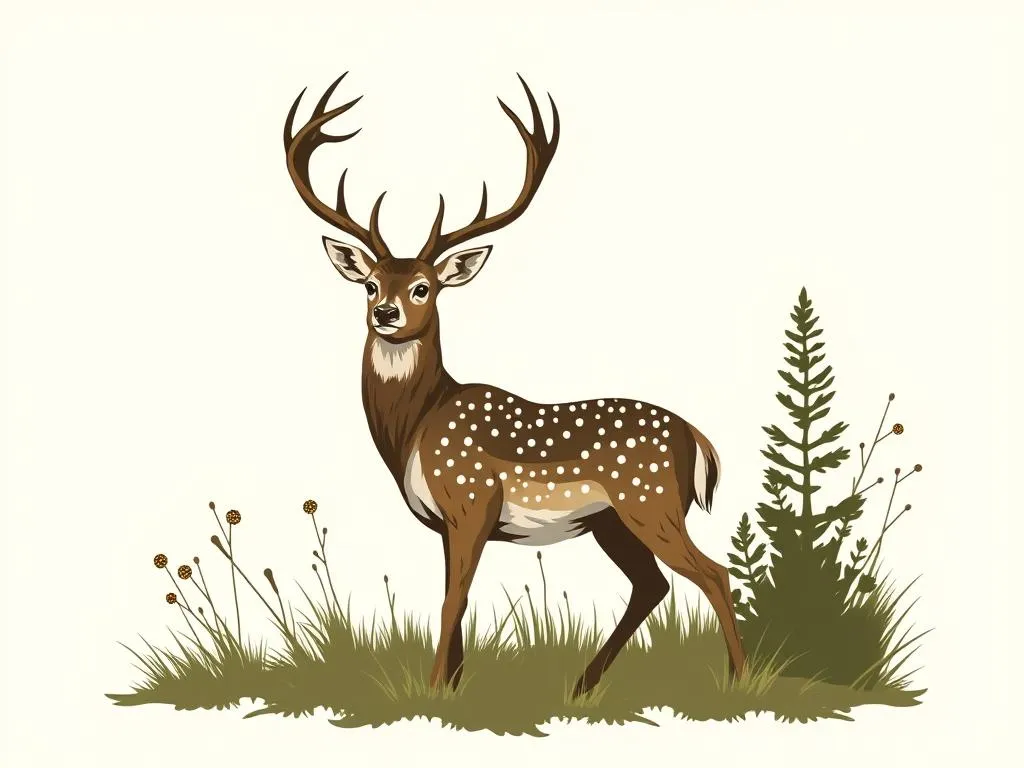
Introduction
The killdeer, a distinctive bird known for its dramatic displays and loud, piercing calls, has long been a subject of fascination and intrigue. Beyond its physical attributes, the killdeer holds deep symbolic meaning, offering insights into the natural world and the human experience. In this article, we will delve into the killdeer symbolism, exploring its cultural significance and the various interpretations that have emerged over time.
The killdeer is a member of the plover family, a group of shorebirds known for their unique behaviors and adaptations. These birds are found throughout North America, often inhabiting open areas, fields, and near water sources. The killdeer’s distinctive appearance, with its brown and white plumage and striking black bands around its neck, makes it a readily recognizable species. Its name, “killdeer,” is derived from the bird’s distinctive call, which sounds like “kill-dee” or “kill-deer.”
Killdeer Symbolism: Exploring the Meanings
Adaptability and Resilience
One of the most prominent killdeer symbolism is its representation of adaptability and resilience. The killdeer is known for its ability to thrive in a variety of environments, from urban areas to rural landscapes. This adaptability is often seen as a metaphor for the human experience, reminding us of the importance of being flexible and able to navigate the changing circumstances of life.
The killdeer’s resilience is also noteworthy. These birds are known for their ability to defend their nests and young, often engaging in dramatic displays to deter predators. This tenacity and determination can be interpreted as a symbol of the strength and perseverance needed to overcome challenges and protect what is most important.
Vigilance and Awareness
Another aspect of killdeer symbolism is its connection to vigilance and awareness. The killdeer’s distinctive call, which often serves as a warning to other birds and animals, is a reminder of the importance of being attentive and responsive to our surroundings. This symbolism can encourage us to be more mindful and observant, both in our personal lives and in our interactions with the natural world.
Additionally, the killdeer’s habit of feigning injury to lure predators away from its nest can be seen as a metaphor for the need to be strategic and adaptable in the face of threats. This behavior can inspire us to be more proactive in addressing challenges and protecting what is important to us.
Adaptability and Transformation
The killdeer’s ability to adapt to a wide range of environments and its resilience in the face of adversity can also be interpreted as a symbol of adaptability and transformation. Just as the killdeer is able to thrive in diverse habitats, the symbolism suggests that we, too, can navigate the changes and challenges that life presents.
This interpretation can encourage us to embrace flexibility, to be open to new experiences, and to see setbacks as opportunities for growth and transformation. The killdeer can serve as a reminder that by adapting and evolving, we can overcome obstacles and emerge stronger and more resilient.
Parental Devotion and Protection
The killdeer’s fierce protective instincts when it comes to its nest and young are also a significant aspect of its symbolic meaning. These birds are known to engage in elaborate displays, such as feigning injury, to lure predators away from their nests, demonstrating a deep devotion to their offspring.
This killdeer symbolism can be interpreted as a representation of parental devotion and the importance of protection. It can inspire us to be more nurturing and attentive to those in our care, whether they are our own children or others who depend on us. Additionally, the killdeer’s willingness to put itself at risk to safeguard its young can be seen as a model of selfless love and the lengths we should go to protect what is most precious to us.
Renewal and Rebirth
The killdeer’s association with open, grassy areas and its tendency to nest on the ground can also be linked to symbolism of renewal and rebirth. The bird’s presence in these natural settings can be seen as a representation of the cyclical nature of life, with the killdeer embodying the idea of new beginnings and the constant regeneration of the natural world.
This interpretation of killdeer symbolism can encourage us to embrace the concept of rebirth and renewal in our own lives, whether it’s through personal growth, the start of a new chapter, or the ability to overcome challenges and emerge transformed. The killdeer can serve as a reminder that even in the face of adversity, there are always opportunities for growth and positive change.
Conclusion: The Enduring Significance of Killdeer Symbolism
The killdeer, with its unique behaviors, distinctive appearance, and powerful calls, has long captured the imagination of humans. Through the lens of killdeer symbolism, we can gain valuable insights into the natural world and the human experience, exploring themes of adaptability, resilience, vigilance, parental devotion, and renewal.
Whether you encounter a killdeer in your backyard, on a nature trail, or in a work of art, take a moment to reflect on the deeper meaning and significance this remarkable bird holds. By embracing the killdeer’s symbolic teachings, we can strive to be more adaptable, attentive, and protective in our own lives, while also recognizing the cyclical nature of existence and the endless possibilities for growth and transformation.
As you continue your journey, may the killdeer serve as a guiding symbol, inspiring you to navigate the challenges and opportunities that life presents with grace, resilience, and a deep appreciation for the wonders of the natural world.
